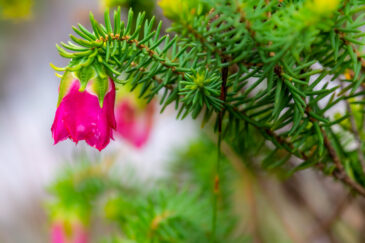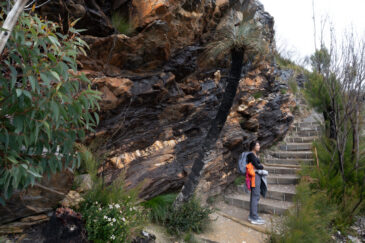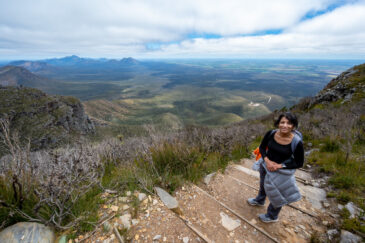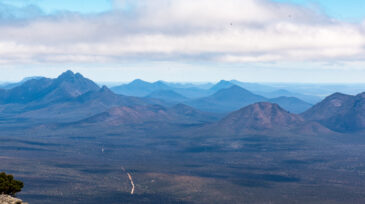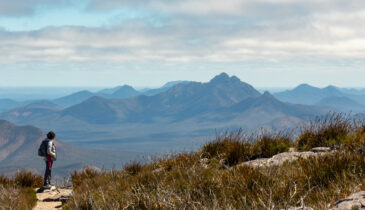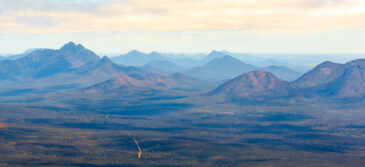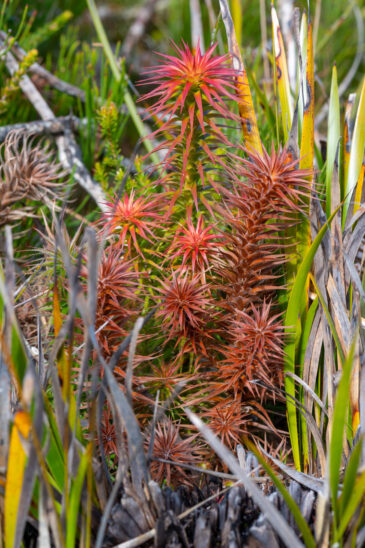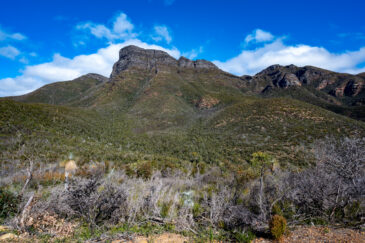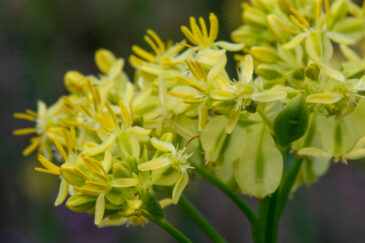DAYS 1-3: SOUTHERN FORESTS AND VALLEYS
Padma and I started getting itchy feet again and wanted to get some camping in before the heat and bugs of summer made it less fun. We plotted an itinerary to the Great Southern Region of Western Australia but soon discovered many of the national park campgrounds do not allow campfires. Padma and I just couldn’t see the point of camping if we didn’t have the ‘Bush Telly’ to watch at night and keep us warm. So we re-routed via the Southern Forests and Valleys region and found a campground in Shannon National Park where we could have a fire.
My weather app said there would be a 90% chance of rain on Monday but I tried to interpret that as meaning a 90% chance of a drizzle. I was wrong. We just finished our pancake breakfast when the rain began. And it rained and rained. All day in fact. So we just drove around the countryside and along forest tracks and stayed dry in the car. The app said it would clear by 5 pm and sure enough it did. Fortunately I kept some firewood dry and we enjoyed our second evening of camping. Our bedding inside the tent remained dry and we were kind of warm and cozy … well, that is until the air mattress sprung a leak and went flat and reminded us why most folks our age had long ago traded in the tents for RVs or caravans.
We woke up to some sunshine on our third day and packed up the gear and drove further south past karri and tingle forests of Walpole, the dramatic coastline of Denmark and finally to a sunset over the Southern Ocean at Albany. We marvelled at the remarkable scenery with a new surprise around every turn in the road.
DAY 4: MT HASSELL
I follow a Facebook group of the Wildflower Society of Western Australia and I have been seeing a lot of posts of gorgeous photos from the Stirling Range. As a newcomer here, I had never heard of the place. I Googled it and learned that it’s in the southwest of Western Australia which is one of the world’s 34 biodiversity hotpots.
The Stirling Range National park is also one of a select group of places deemed to have outstanding heritage significance and is included on the Australian National Heritage List. And the national park is home to 1500 flowering plant species … more than all of the British Isles. A bushfire ripped through the park last year and devastated 40,000 hectares but the recovery seemed to be doing well, thanks no doubt to a very wet winter this year.
From Albany, Padma and I drove north to the Stirling Range. Rain was in the forecast and near freezing temps, so we ditched the tent and the leaking air mattress and found a warm and cozy cabin at a private campground.
We set a goal to climb to SW Western Australia’s highest peak on the day after arrival (stay tuned for that story) so we thought we’d do a bit of a warmup by climbing Mt Hassell. I thought I was getting to know the Western Australia flora but I was just gobsmacked with the diversity of the plants. Whereas the wildflower season was waning further north, it was near its peak in the south. The hike was up and up and up and the trail was rough. We arrived at a saddle with a magnificent view and could see the summit of Mt Hassell but it was a 150 metre elevation gain. ‘Nah…’ Padma and I said. We didn’t come to conquer peaks or prove anything to ourselves. We were satisfied with the view we achieved and even more content with the amazing display Mother Nature had put on for us. And we figured we’d better save our knees for the next day’s conquest…
DAY 5: KOIKYENNURUFF
Padma and I stood at the base of Bluff Knoll and could see why the Noongar people called the Stirling Range ‘Koikyennuruff’, which means ‘misty mountains’. The peak was shrouded in clouds when we arrived at the trailhead and at the time it seemed that after a short climb we’d be walking in the mist. Bluff Knoll is the highest mountain in the southern part of Western Australia and the hike to its summit at 1097 metres is considered one of Australia’s finest day hikes.
We had read that conditions change quickly on the mountain – for better or worse – so we packed our rain jackets and started to climb. The trail sign said we could do the round trip in 3-4 hours. It would have been easy just to declare the weather was lousy and spare our 60+-year-old knees the toil of such a climb, but we both kind of wanted to be able to proclaim we had climbed the mountain – view or no view.
After an hour or so of a very deliberate slow place (I conveniently used photo stops as resting stops) we met a man descending from the summit. ‘It’s all socked in,’ he said. But we kept climbing, hoping the conditions would change. More people descended and said there was no view at the top but they assured us we’d still get views hiking up. Finally, a man who had passed us earlier in the morning and was now descending said, the heavens opened up for a moment and he got a view … but then it clouded up again.
We kept climbing at an extraordinarily slow pace hoping the clouds would lift. And sure enough they did. Sometimes being the slow poke pays off in the end. We arrived at the summit just after the last clouds faded away and we were afforded a spectacular 360° view extending to the Southern Ocean.
The ‘3-4 hour’ hike turned out more like five and a half hours for us but we completed it. Padma and I climbed the highest mountain in SW WA. Whoopeee!

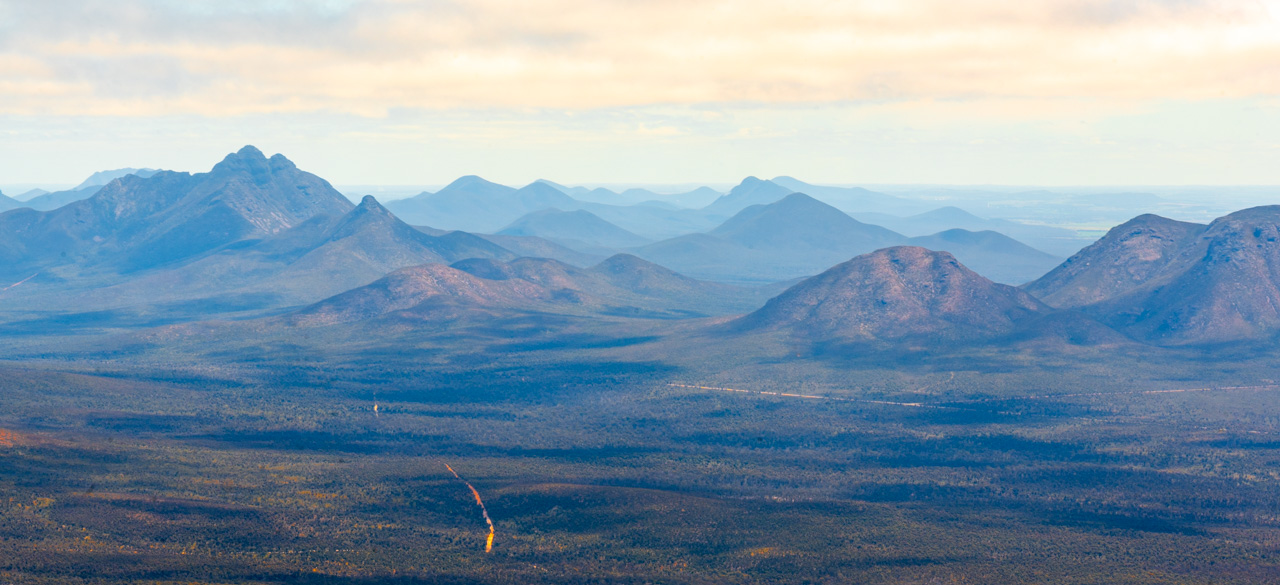

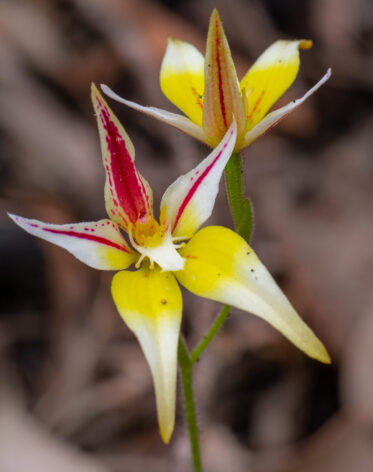
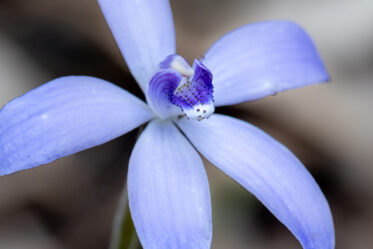
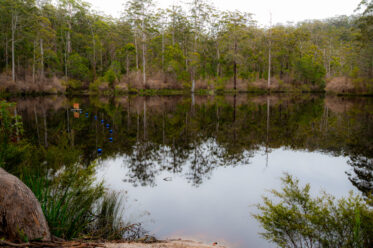

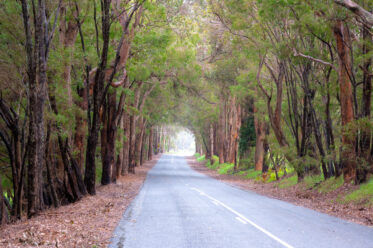
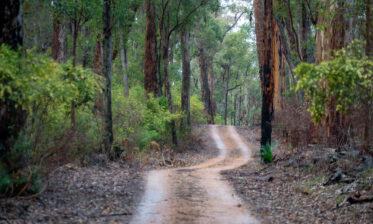
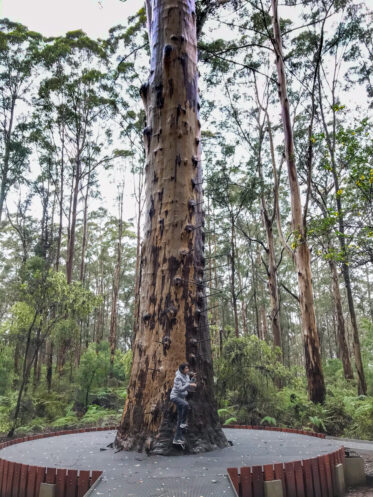
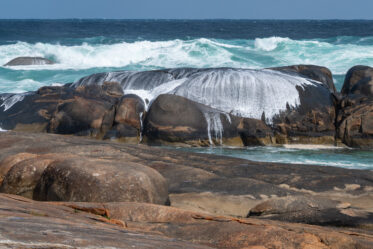

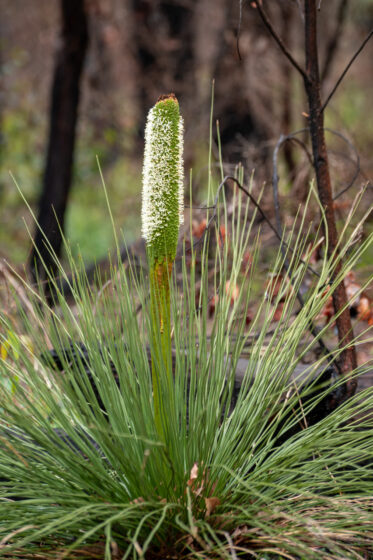

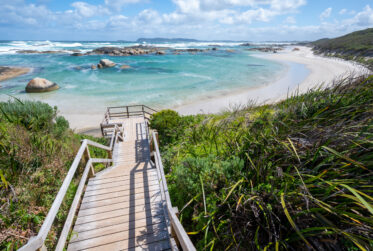
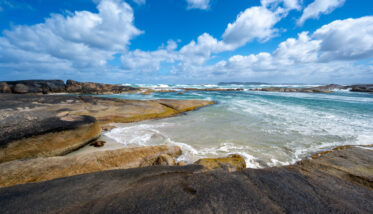
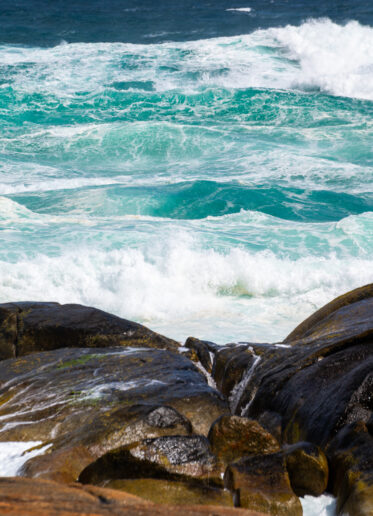
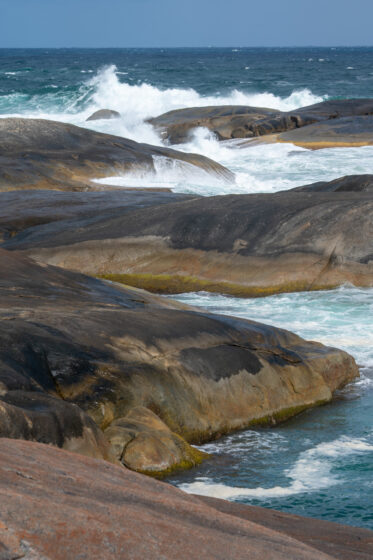
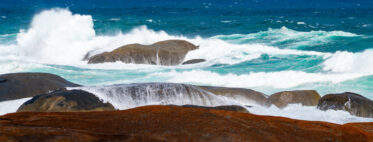
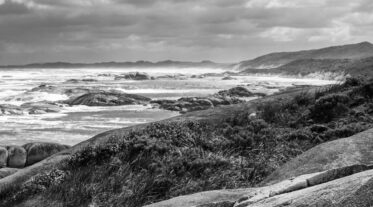
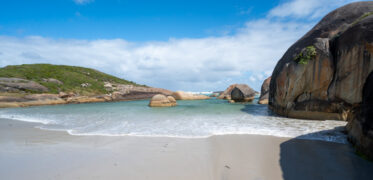

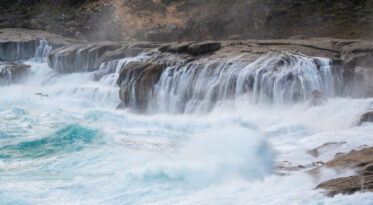
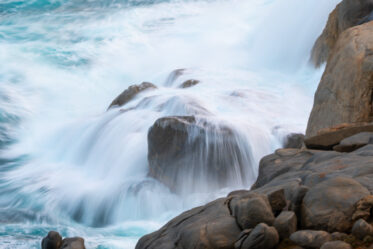
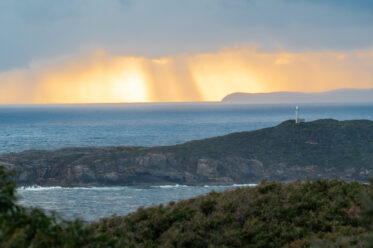
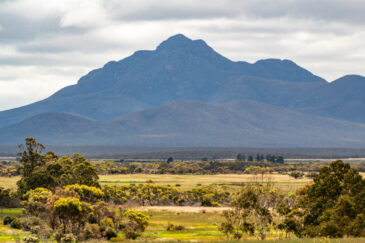
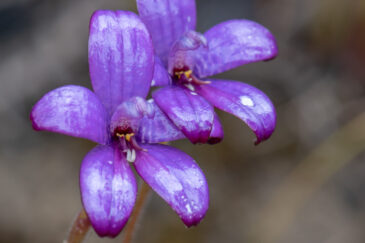
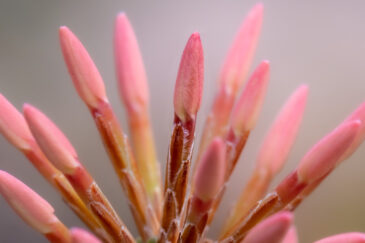
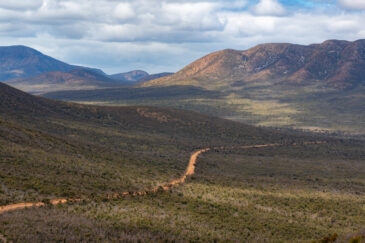
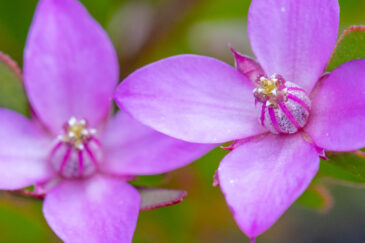
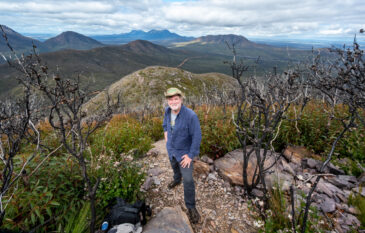
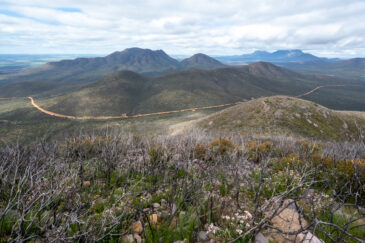
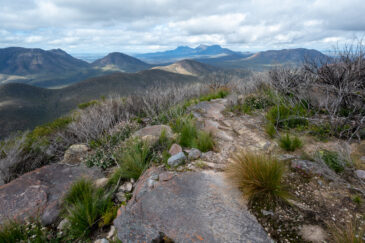
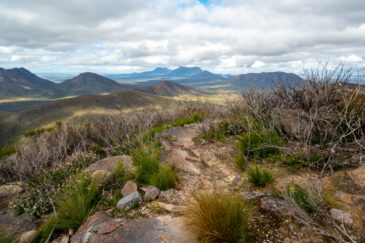
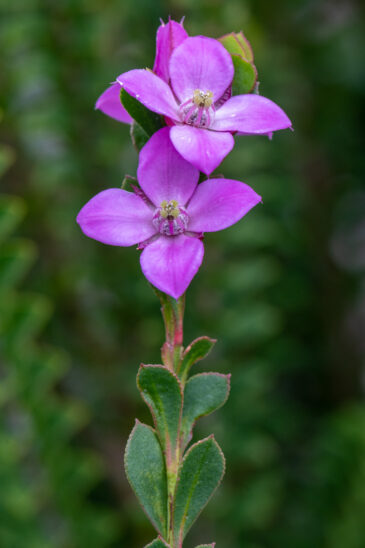
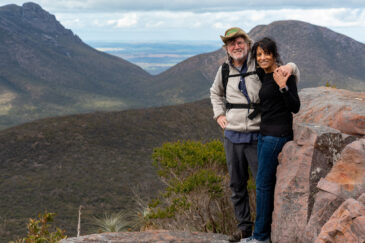
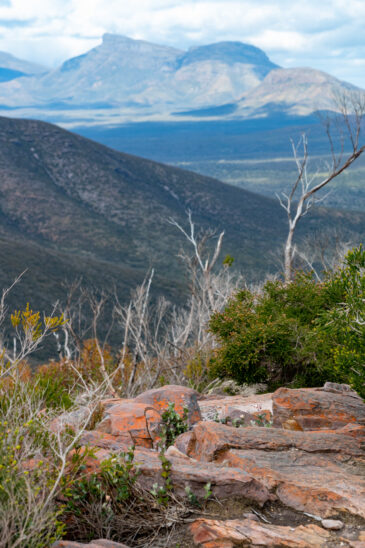
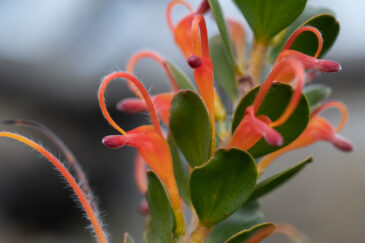
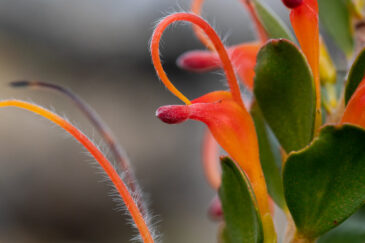
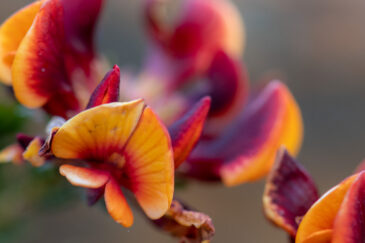

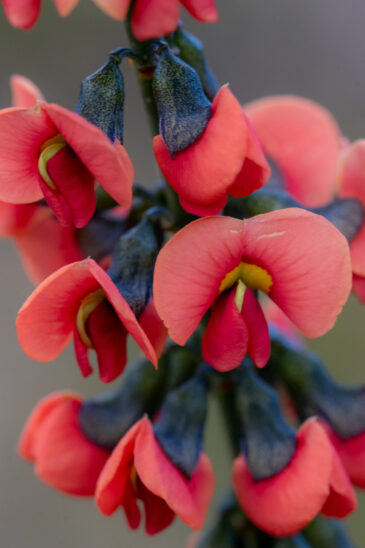
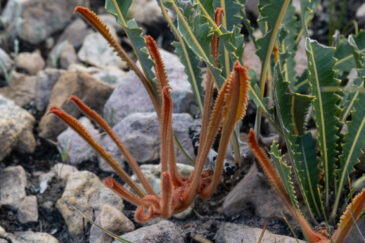
![Drosera menziesii, the pink rainbow,[1] is an erect or scrambling perennial tuberous species in the carnivorous plant genus Drosera. It is endemic to Western Australia and grows in a variety of habitats, including winter-wet depressions, swamps, and granite outcrops in clay or peat sand soils or loam. D. menziesii produces small, circular carnivorous leaves along an undulating erect stem that can be .05–1.1 m (0.2–3.6 ft) high. Its pink flowers emerge from July to November.](https://michaelmajor.com.au/wp-content/uploads/cache/2025/05/MM3_0449/2943373181.jpg)


